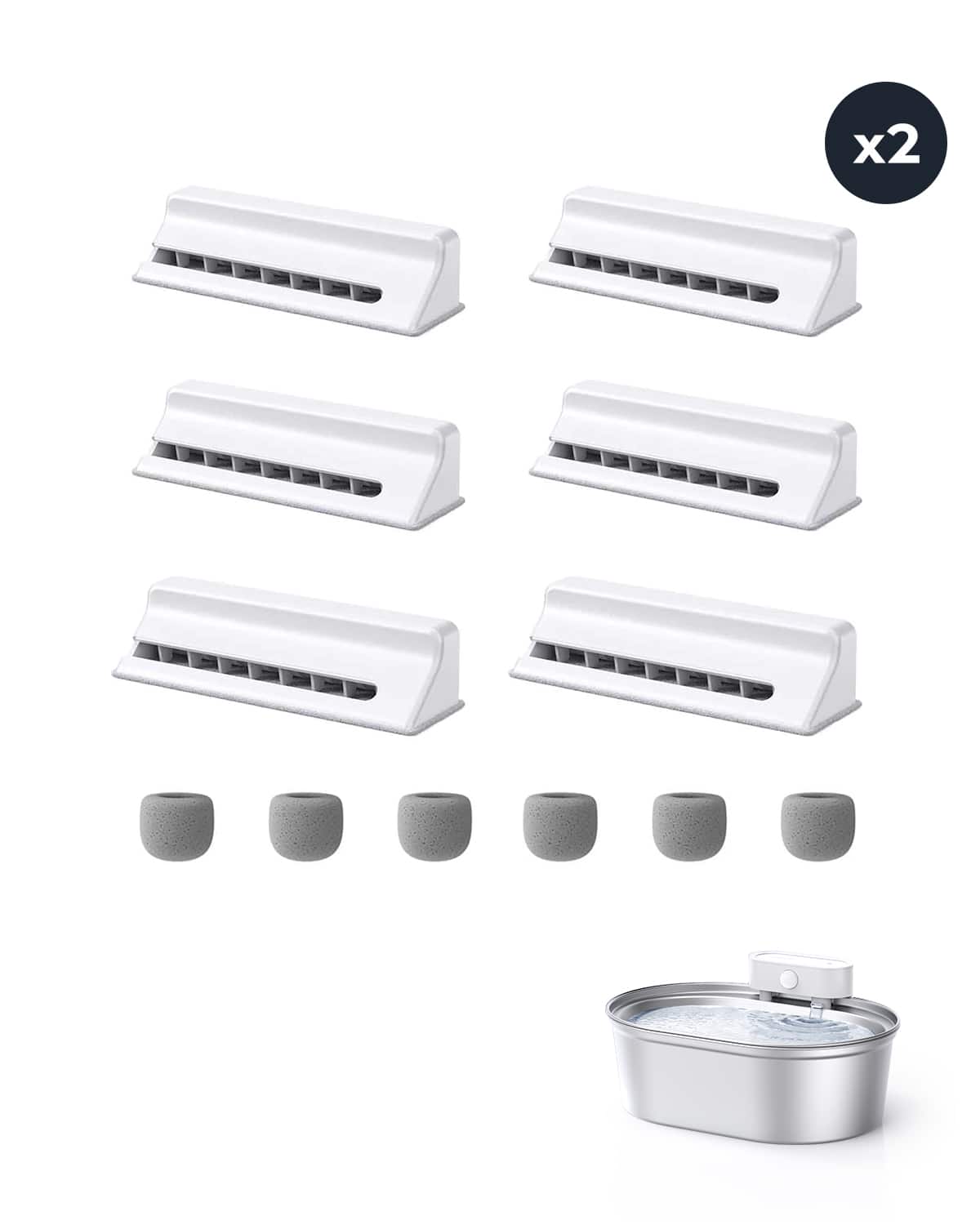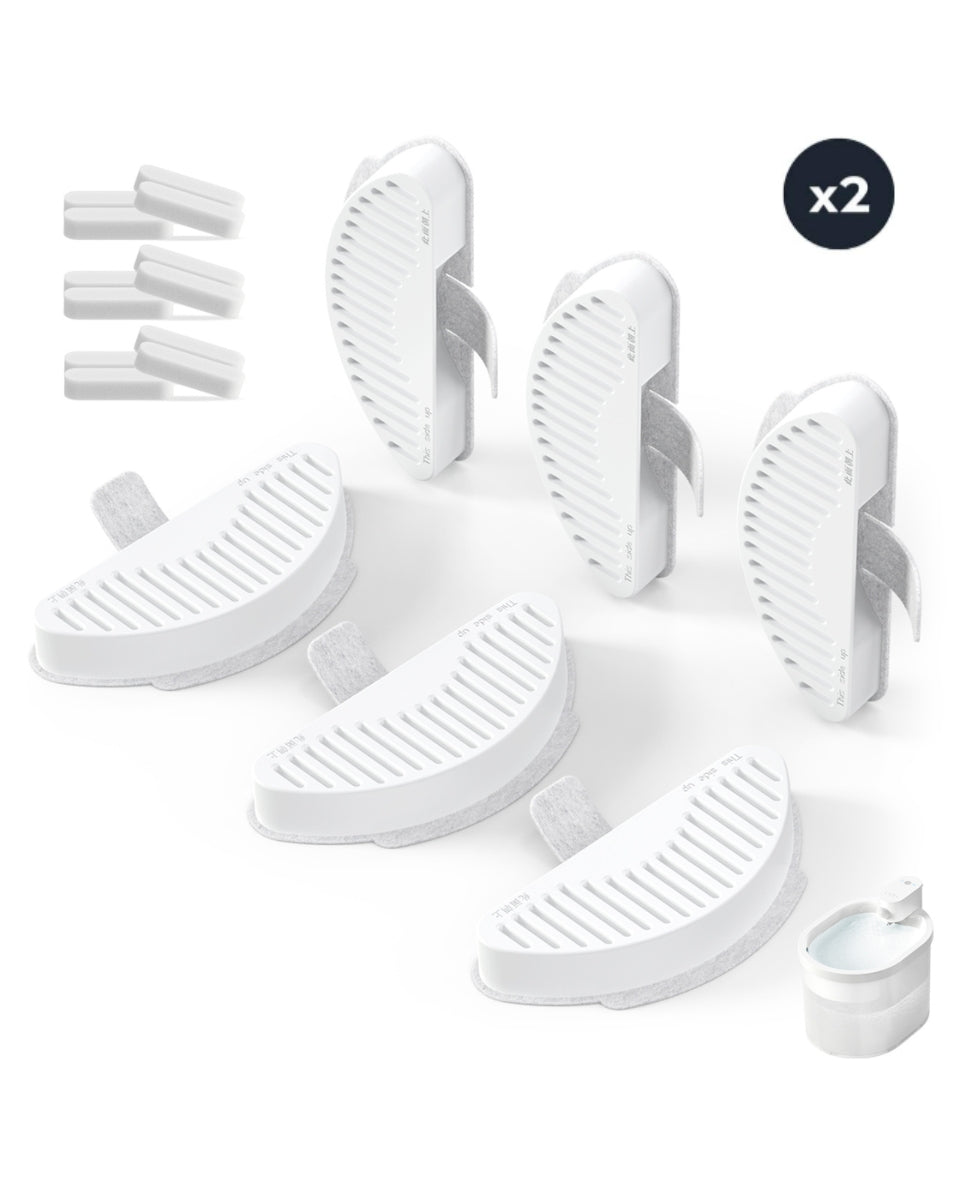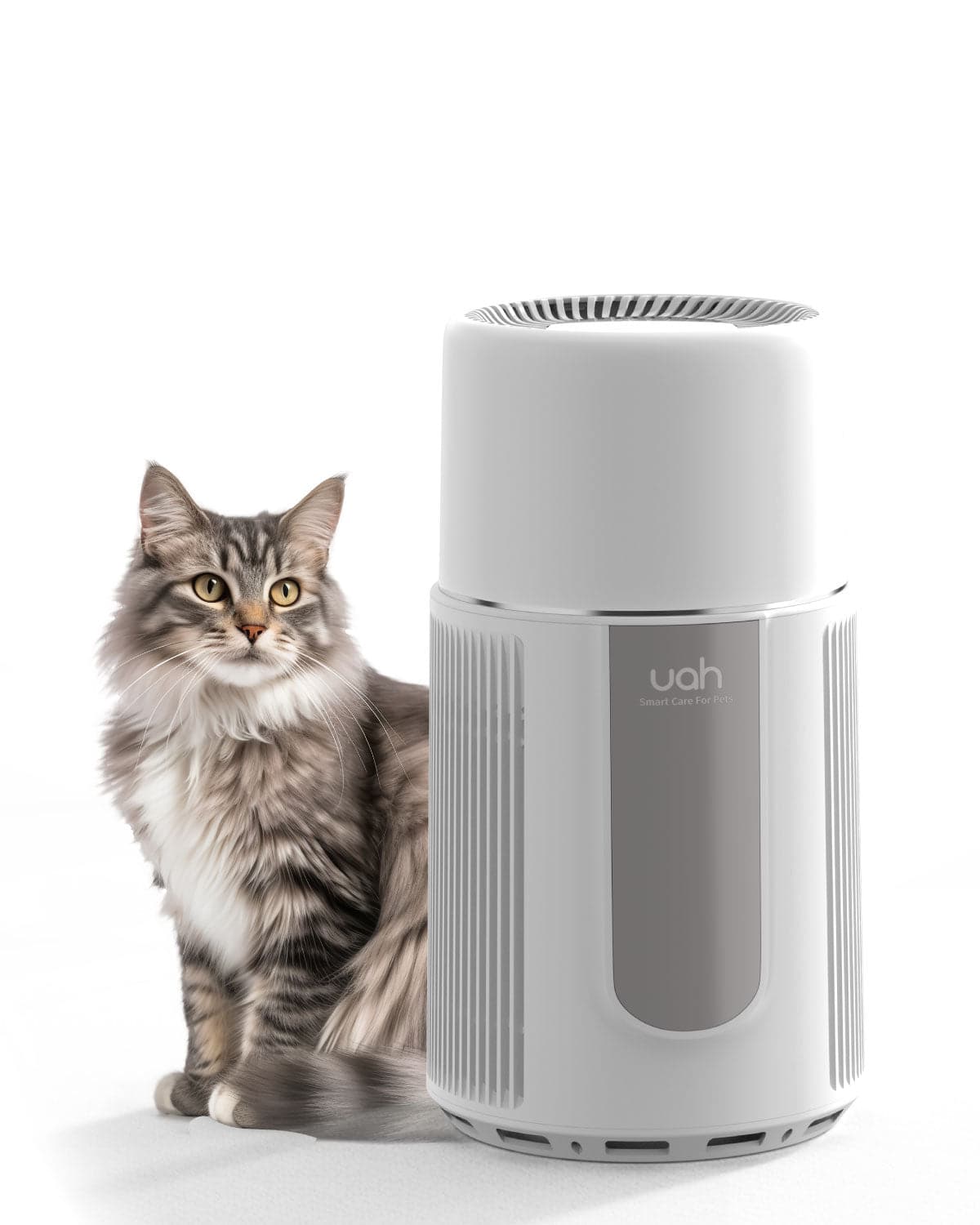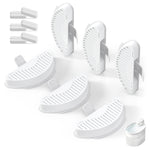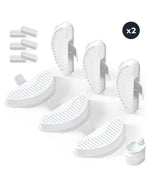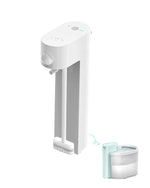When it comes to keeping your furry friend safe and secure, an outdoor dog fence is an essential investment. Whether you have a sprawling backyard or a cozy garden, the right fence can provide your dog with the freedom to roam while ensuring they stay within safe boundaries. This comprehensive guide will walk you through everything you need to know about outdoor dog fences, from the different types available to the benefits they offer and how to choose the best one for your pet.
Why an Outdoor Dog Fence is Essential
An outdoor dog fence is more than just a barrier; it's a tool that helps protect your pet from potential dangers. Without a proper fence, your dog could wander off and get lost, encounter traffic, or even face threats from other animals. An outdoor fence provides a secure environment where your dog can play and explore without the risk of escaping or getting into trouble.
Types of Outdoor Dog Fences
There are several types of outdoor dog fences to choose from, each with its own set of features and benefits. Understanding the differences between these options will help you make an informed decision.
Traditional Wooden Fences
Traditional wooden fences are a popular choice for many dog owners. They offer a sturdy and durable barrier that can keep even the most determined dogs contained. Wooden fences also provide privacy and can be customized to match the aesthetic of your home. However, they require regular maintenance to prevent weathering and damage.
Chain Link Fences
Chain link fences are another common option for outdoor dog containment. They are affordable, easy to install, and provide a clear view of the surrounding area. While they may not offer as much privacy as wooden fences, chain link fences are highly durable and can withstand harsh weather conditions. It's important to ensure that the gaps in the chain link are small enough to prevent your dog from squeezing through.
Invisible Fences
Invisible fences, also known as underground or wireless fences, are a modern solution for dog containment. These systems use a buried wire or wireless signal to create a boundary that your dog cannot cross. When your dog approaches the boundary, they receive a warning signal, and if they continue, a mild static correction is delivered. Invisible fences are a great option for maintaining the visual appeal of your yard while keeping your dog safe.
Electric Fences
Electric fences are similar to invisible fences but use a more visible barrier. These fences deliver a mild electric shock when your dog touches the fence, discouraging them from attempting to escape. Electric fences are highly effective but should be used with caution to ensure your dog's safety and comfort.
Benefits of an Outdoor Dog Fence
Investing in an outdoor dog fence comes with numerous benefits that go beyond just keeping your pet contained. Here are some of the key advantages:
Safety and Security
The primary benefit of an outdoor dog fence is the safety and security it provides. By creating a defined boundary, you can prevent your dog from wandering into dangerous areas, such as busy roads or neighboring properties with aggressive animals. This peace of mind is invaluable for any dog owner.
Freedom to Roam
An outdoor fence allows your dog to enjoy the outdoors without being confined to a leash or a small space. This freedom to roam and explore is essential for your dog's physical and mental well-being. It also gives you the opportunity to spend quality time with your pet in a safe environment.
Protection for Your Garden
If you have a garden, an outdoor dog fence can help protect your plants and landscaping from being trampled or dug up by your dog. By keeping your dog within a designated area, you can maintain the beauty of your yard while still allowing your pet to enjoy the outdoors.
Training and Behavior
An outdoor dog fence can also be a valuable tool for training and behavior management. By establishing clear boundaries, you can teach your dog where they are allowed to go and where they are not. This can help reduce unwanted behaviors, such as digging, jumping, or escaping.
Choosing the Right Outdoor Dog Fence
Selecting the right outdoor dog fence for your pet and property requires careful consideration. Here are some factors to keep in mind when making your decision:
Size and Breed of Your Dog
The size and breed of your dog play a significant role in determining the type of fence you need. Larger, more active dogs may require a taller and more durable fence, while smaller dogs may be adequately contained with a shorter barrier. Consider your dog's jumping and digging abilities when choosing a fence.
Yard Size and Layout
The size and layout of your yard will also influence your choice of fence. If you have a large, open space, a traditional or chain link fence may be the best option. For smaller yards or areas with landscaping, an invisible or electric fence might be more suitable. Take into account any obstacles, such as trees or slopes, that could affect the installation and effectiveness of the fence.
Budget
Your budget is another important factor to consider. Traditional wooden fences and chain link fences are generally more affordable upfront but may require ongoing maintenance. Invisible and electric fences can be more expensive initially but may save you money in the long run due to lower maintenance costs. Determine your budget and weigh the pros and cons of each option.
Installation and Maintenance
Consider the installation process and maintenance requirements of the fence you choose. Some fences, like chain link and wooden fences, may require professional installation, while others, like invisible fences, can be installed by the homeowner. Think about the time and effort you're willing to invest in maintaining the fence to ensure it remains effective and safe for your dog.
Installation Tips for Outdoor Dog Fences
Proper installation is crucial for the effectiveness and safety of your outdoor dog fence. Here are some tips to ensure a successful installation:
Plan the Layout
Before you start installing the fence, carefully plan the layout of the boundary. Consider the size of your yard, the location of any obstacles, and the areas where your dog is allowed to roam. Mark the boundary with stakes or flags to visualize the fence's placement.
Follow Manufacturer Instructions
If you're installing an invisible or electric fence, be sure to follow the manufacturer's instructions carefully. These systems require precise placement of the wire or transmitter to ensure they work correctly. Skipping steps or improvising could result in an ineffective or unsafe fence.
Ensure Proper Grounding
For electric fences, proper grounding is essential to ensure the fence delivers a consistent and safe correction. Follow the manufacturer's guidelines for grounding the fence and test the system regularly to ensure it's functioning correctly.
Check for Gaps and Weak Points
After installing the fence, thoroughly inspect it for any gaps or weak points where your dog could escape. Pay special attention to corners, gates, and areas where the fence meets the ground. Make any necessary adjustments to ensure the fence is secure.
Maintaining Your Outdoor Dog Fence
Regular maintenance is key to keeping your outdoor dog fence in good condition and ensuring it continues to provide a safe environment for your pet. Here are some maintenance tips to follow:
Inspect the Fence Regularly
Periodically inspect the fence for any signs of damage, such as broken wires, loose posts, or gaps. Address any issues promptly to prevent your dog from escaping or getting injured.
Clean and Repair as Needed
Keep the fence clean by removing any debris, such as leaves or branches, that could interfere with its effectiveness. For wooden fences, apply a fresh coat of paint or sealant as needed to protect against weathering. Repair any damage to the fence to maintain its integrity.
Test the System
If you have an invisible or electric fence, test the system regularly to ensure it's working correctly. Check the transmitter, battery, and boundary wire for any issues. Replace any worn or damaged components as needed.
Monitor Your Dog's Behavior
Keep an eye on your dog's behavior around the fence. If you notice any signs of distress or attempts to escape, investigate the cause and make any necessary adjustments to the fence or training methods.
Training Your Dog to Respect the Fence
Training is an essential part of ensuring your dog understands and respects the boundaries of the outdoor fence. Here are some tips for effective training:
Introduce the Fence Gradually
When first introducing your dog to the fence, do so gradually. Allow them to explore the boundary while supervised, and use positive reinforcement to reward them for staying within the designated area. This will help them associate the fence with positive experiences.
Use Visual Markers
For invisible or electric fences, use visual markers, such as flags or cones, to help your dog understand the boundary. Walk your dog around the perimeter and point out the markers, reinforcing the idea that they should not cross them.
Practice Boundary Training
Practice boundary training with your dog by walking them along the fence line and rewarding them for staying within the boundary. Gradually increase the distance and duration of these training sessions to reinforce the behavior.
Be Consistent
Consistency is key when training your dog to respect the fence. Use the same commands and rewards each time, and ensure all family members follow the same training methods. This will help your dog understand and adhere to the boundaries more quickly.
Common Mistakes to Avoid
When it comes to outdoor dog fences, there are some common mistakes that can compromise their effectiveness and safety. Here are a few to avoid:
Choosing the Wrong Type of Fence
Selecting the wrong type of fence for your dog or property can lead to issues down the line. Consider your dog's size, breed, and behavior, as well as your yard's layout, when choosing a fence to ensure it meets your needs.
Improper Installation
Improper installation can render a fence ineffective or even dangerous. Follow the manufacturer's instructions carefully and take the time to install the fence correctly. If you're unsure, consider hiring a professional to ensure the job is done right.
Neglecting Maintenance
Neglecting regular maintenance can lead to a fence that no longer provides adequate containment. Inspect and maintain the fence regularly to ensure it remains in good condition and continues to keep your dog safe.
Inadequate Training
Failing to properly train your dog to respect the fence can result in escapes or other issues. Invest time in training your dog to understand and adhere to the boundaries, and be patient as they learn.
Final Thoughts
An outdoor dog fence is a valuable tool for keeping your pet safe, secure, and happy. By choosing the right type of fence, installing it correctly, and maintaining it regularly, you can create a safe environment where your dog can enjoy the outdoors without the risk of escaping or getting into trouble. Remember to invest time in training your dog to respect the fence, and avoid common mistakes that could compromise its effectiveness. With the right approach, an outdoor dog fence can provide peace of mind and enhance the quality of life for both you and your furry friend.



